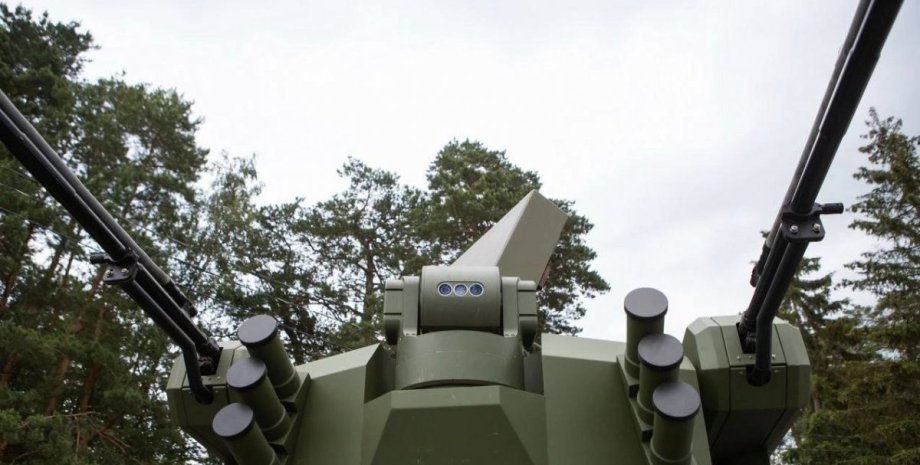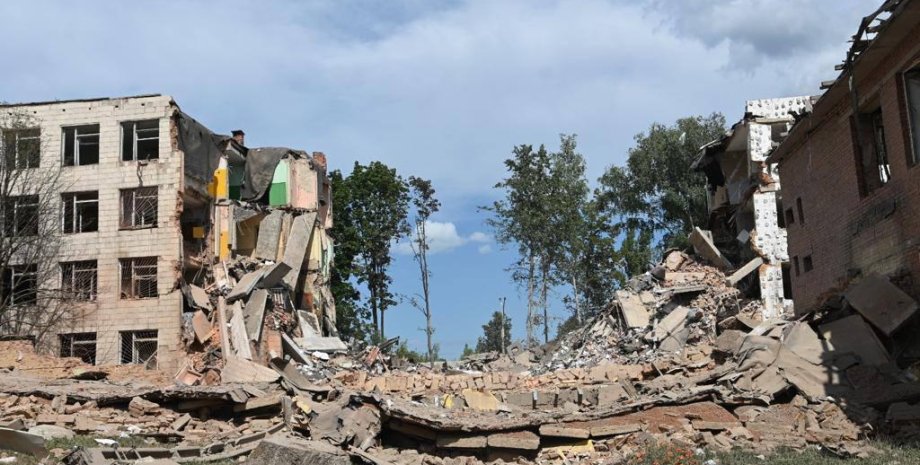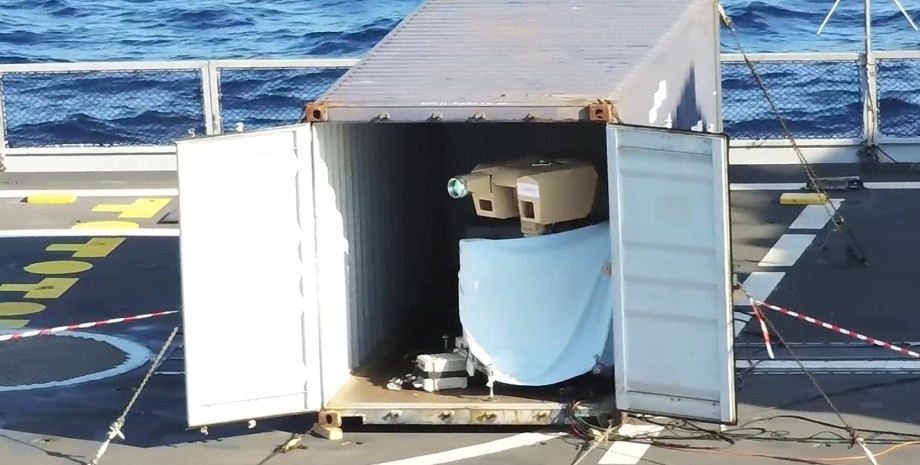
 By Eliza Popova
By Eliza Popova
In a new study, scientists are believed to have made a breakthrough in our ability to predict how the Earth's weather and climate in general will change in the future, writes Science Alert. In Focus. Technologies has its own Telegram channel. Subscribe so you don't miss the latest and most exciting news from the world of science! In a new study led by Daniel Clocke of the Max Planck Institute in Germany, scientists have created what some climate modelers call the "holy grail" of the field.
The scientists managed to create a model with a resolution of almost a kilometer — technically the scale is 1. 25 km per model area, but the model combines weather forecasting and Earth's climate change. All land and sea on the planet is estimated to be covered by 336 million cells — the authors added the same number of "atmospheric" cells directly above the terrestrial ones, resulting in 672 million calculated cells.
For each of these cells, a series of interconnected models was built, reflecting the main dynamic systems of the planet: they were divided into two categories - fast and slow. Note that fast systems included energy and water cycles - in simple words, weather. To track these processes, the model must have an extremely high resolution, for example 1. 25 km, which the new system is capable of providing.
According to the scientists, they used the ICOsahedral Nonhydrostatic (ICON) model developed by the German Meteorological Service and the Institute of Meteorology of the Max Planck Society for this model. The slow processes encompassed the carbon cycle, changes in the biosphere, and ocean geochemistry—in simple words, climate. These processes are known to reflect trends occurring over years or decades.
According to the scientists, the combination of these two fast and slow processes is a real breakthrough, since typical models involving such complex systems would be computationally solvable only at a resolution of more than 40 km. The authors of the study note that in their work they combined deep software engineering with many modern computer chips. The model underlying much of this work was originally written in Fortran—the bane of anyone trying to modernize code written before 1990.
Since its development, the model has been supplemented with many additional functions, which made it difficult to use it in modern computing architecture. As a result, scientists used a framework that processes data in ways compatible with modern systems. This state-of-the-art system was represented by two supercomputers JUPITER and Alps, located in Germany and Switzerland, respectively. Both are based on Nvidia's new GH200 Grace Hopper chip.










All rights reserved IN-Ukraine.info - 2022